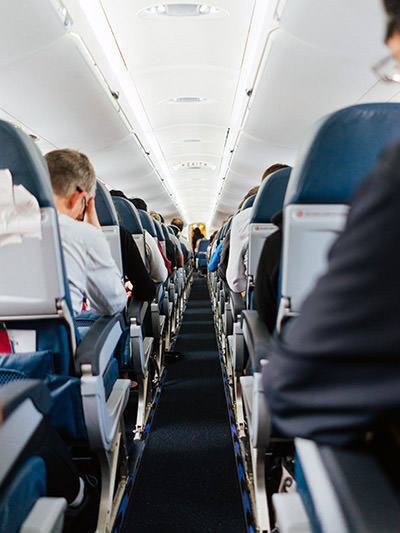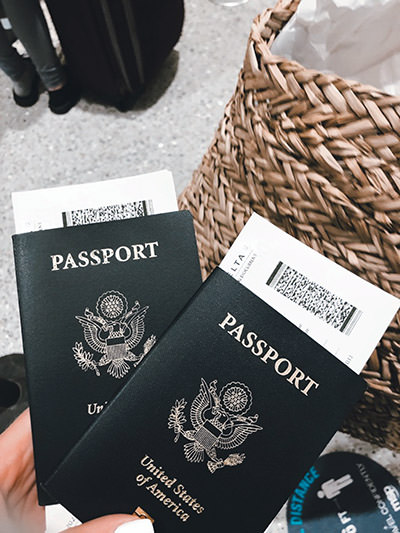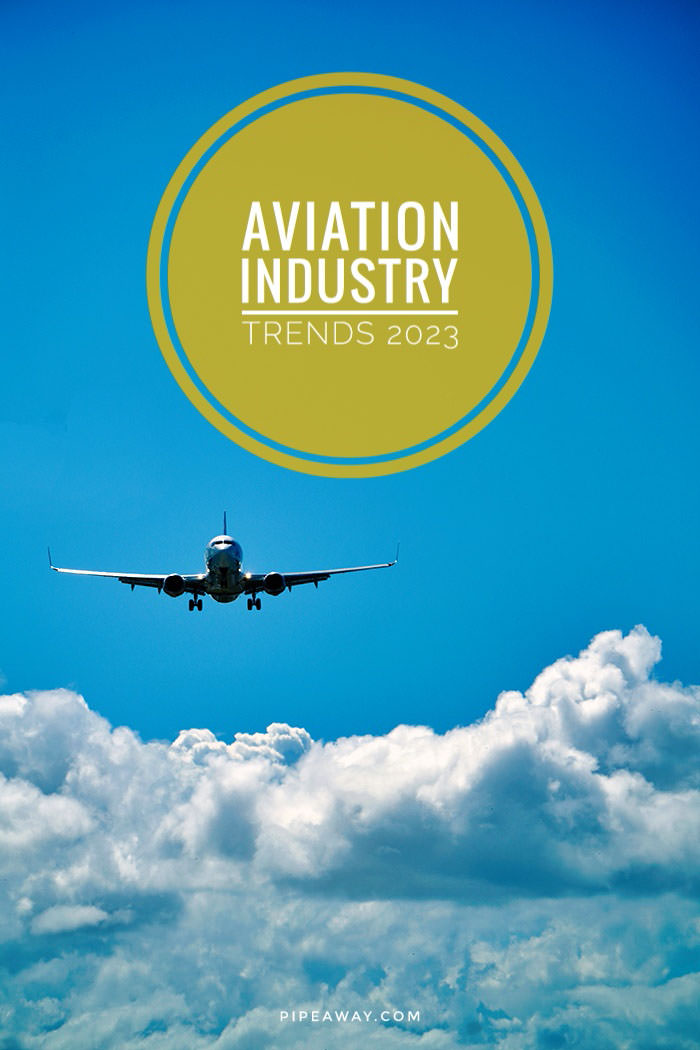Recent years have brought plenty of changes to the aviation industry. From global events to emerging technologies, there’s no shortage of factors causing the industry to evolve.
In such a short space of time, the industry has embraced digitalization, prioritized greener practices, streamlined passenger and operator processes and seamlessly adapted to challenges provoked by the global pandemic.
Such transformations continue to shape the future of aviation into a safer and more efficient industry. In this article, we’ll explore airline industry trends of 2023, the key factors influencing the world of aviation this year.
Aviation industry trends in 2023
1. Post-Pandemic Surge
It’s no secret the pandemic hit the airline industry hard. At the height of the crisis, there were strict restrictions across the US and the world. As a result, significant declines in air travel had a rippling effect across the industry leading to substantial revenue losses, workforce reduction to accommodate cost-cutting measures, and even key airlines such as Air Italy and Virgin Australia entering bankruptcy.

The unforeseen consequences on the aviation industry left travelers feeling the need to take matters into their own hands. Contrary to the reduction in commercial flights, a spike in private air travel emerged due to frequent flyers using private jets as a solution for safe and exclusive travel.
However, things started to take off in light of the knock-on effects following the event of COVID-19. Once restrictions were lifted and countries began to re-open their borders, commercial flights saw substantial surges with individuals leaping at the opportunity to make up for lost air time.
To illustrate this, data from Zippia shows that the number of airline passengers increased by 125.9% from 2021-2022 many of which used air travel as a means for business purposes, family reunions or to indulge in the new trend called ‘revenge travel’.
There is another increasing trend on our planes - the rise of unruly passengers. How to tackle this concerning problem?
2. Climate Change
As efforts to fight the climate crisis ramp up, we can expect sustainability to become an increasingly pressing issue in the way we travel overseas.
As aviation is almost entirely dependent on fossil fuel burning whilst also requiring high amounts of energy expenditure to remain airborne, air travel is regarded as the most carbon-heavy form of transportation with each passenger producing on average 0.1 kg of C02 per kilometer during a long haul flight. Additionally, according to estimates, the aviation industry generates around one billion tonnes of CO2 per year which, consequently has a lasting impact on our environment.
Aviation operators are exploring the use of sustainable aviation fuels that would reduce their carbon footprint
The good news is that ever-developing technologies are being used to explore more sustainable solutions whilst simultaneously implementing programs such as carbon credit purchasing, and environmental charity partnerships that focus on offsetting carbon emissions.
For example, many aviation operators are exploring the use of sustainable aviation fuels (SAF), powering their fleet with biofuels that contain similar properties to conventional jet fuel but produce a reduced carbon footprint.
However, some critics are suggesting that the current approaches to sustainability, such as researching cleaner forms of jet fuel and improving carbon offsetting schemes, simply aren’t enough to tackle these levels.
This shouldn’t come as a surprise. These approaches are the deliberate options that are the least disruptive to the current workings of the industry. Yet, we may soon see more radical changes as world leaders push toward a more sustainable future.
Sustainable and responsible travel was also one of the top 2023 trends predicted by artificial intelligence. Check out how AI sees the future!
3. Biometric Technology
Airlines and airports across the world have already begun investing in futuristic fingerprint and facial recognition technology with a vision to enhance security and efficiency.

It’s a well-known fact that conventional airport procedures can often be arduous events with extensive queuing for check-in and passport control accompanied by invasive security checks. The inclusion of biometric technology aims to streamline the airport experience by using fingerprint or facial recognition to identify and authenticate passengers during various stages of their journey.
As well as creating a more simplified experience for travelers, such technologies are reaping benefits for airline operators. With streamlined processes, operators can handle larger passenger volumes without the need for increased staffing or infrastructure requirements. What’s more, it can be presumed that such technology is of particular significance in response to the recent surges in air travel.
Currently, biometric technology is being tested in areas such as check-in, security, passport control, and boarding, and could make current methods of paper and mobile boarding passes obsolete.
4. Autonomous Vehicles
Cars aren’t the only vehicles looking to become autonomous. Among the upcoming airline industry trends, we may soon see the advent of pilotless planes! This isn’t far-fetched – commercial jets already use autopilot technology, with software handling a significant portion of pilots’ duties.
Currently, automotive technologies facilitate advanced navigation and flight path control, approach and landing controls, and engine power settings via autothrottle capabilities.
Automatic technologies also augment en route operations during the cruise phases of a flight by allowing pilots more scope to focus on operational tasks such as monitoring systems and communicating with air traffic control.
Even though this technology isn’t currently entirely independent in its functions, we could see it becoming widespread, through new software that could make every commercial jet capable of autonomous flight.
It’s become evident that external circumstances surrounding demand, increased need for security and sustainable alternatives have seen substantial advancements within the aviation sector. Which of these aviation industry trends will have the biggest influence? Leave your comment below!
If you like this article on airline industry trends of 2023, pin it for later!

The photographs in this article have been sourced through Unsplash. In the order of appearance, the authors are as follows: Plane in the skies (cover image) - TERRA Plane aisle - Hanson Lu Passports - Brianna R. Plane flying (pin image) - Billy Joachim


